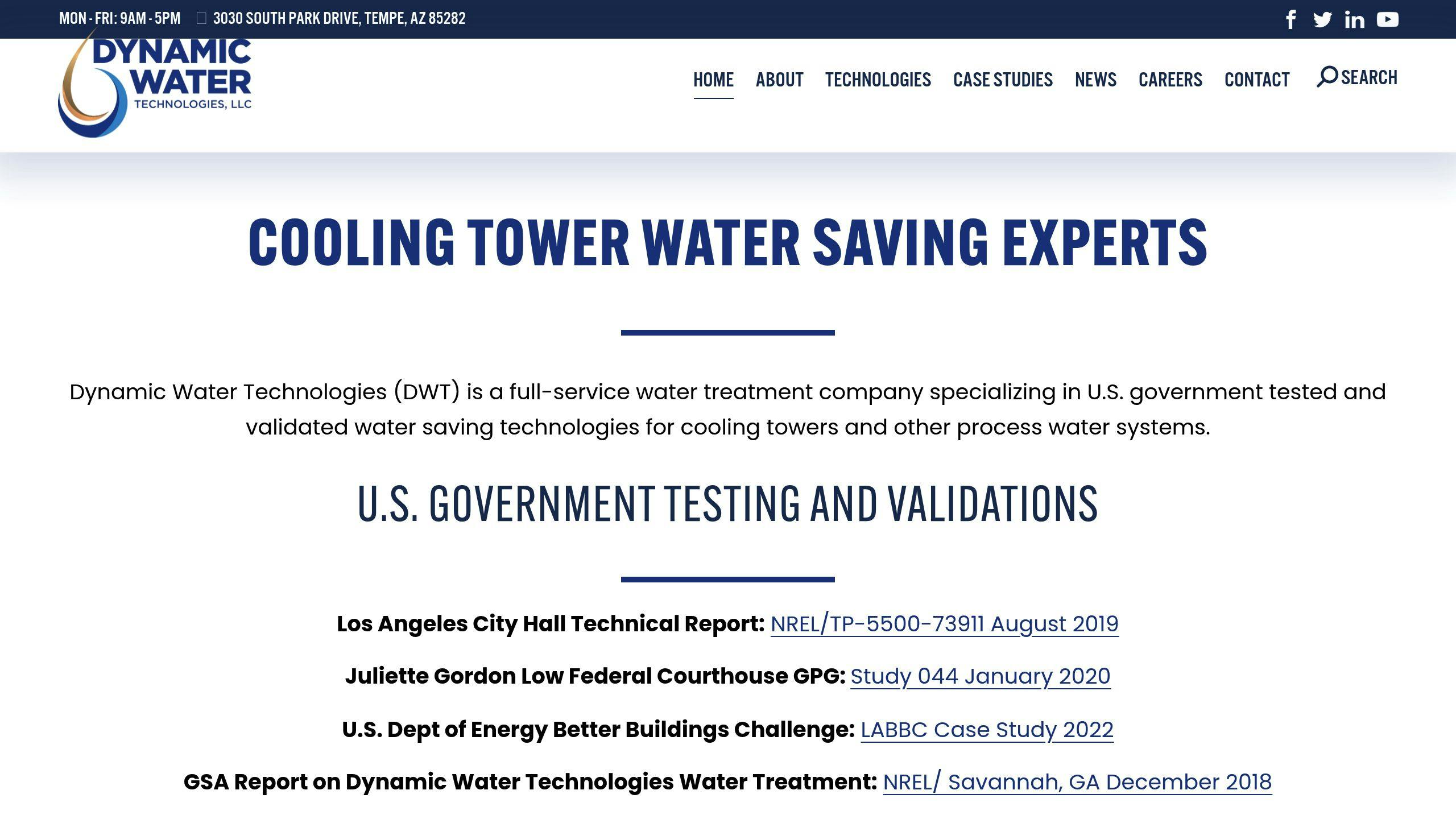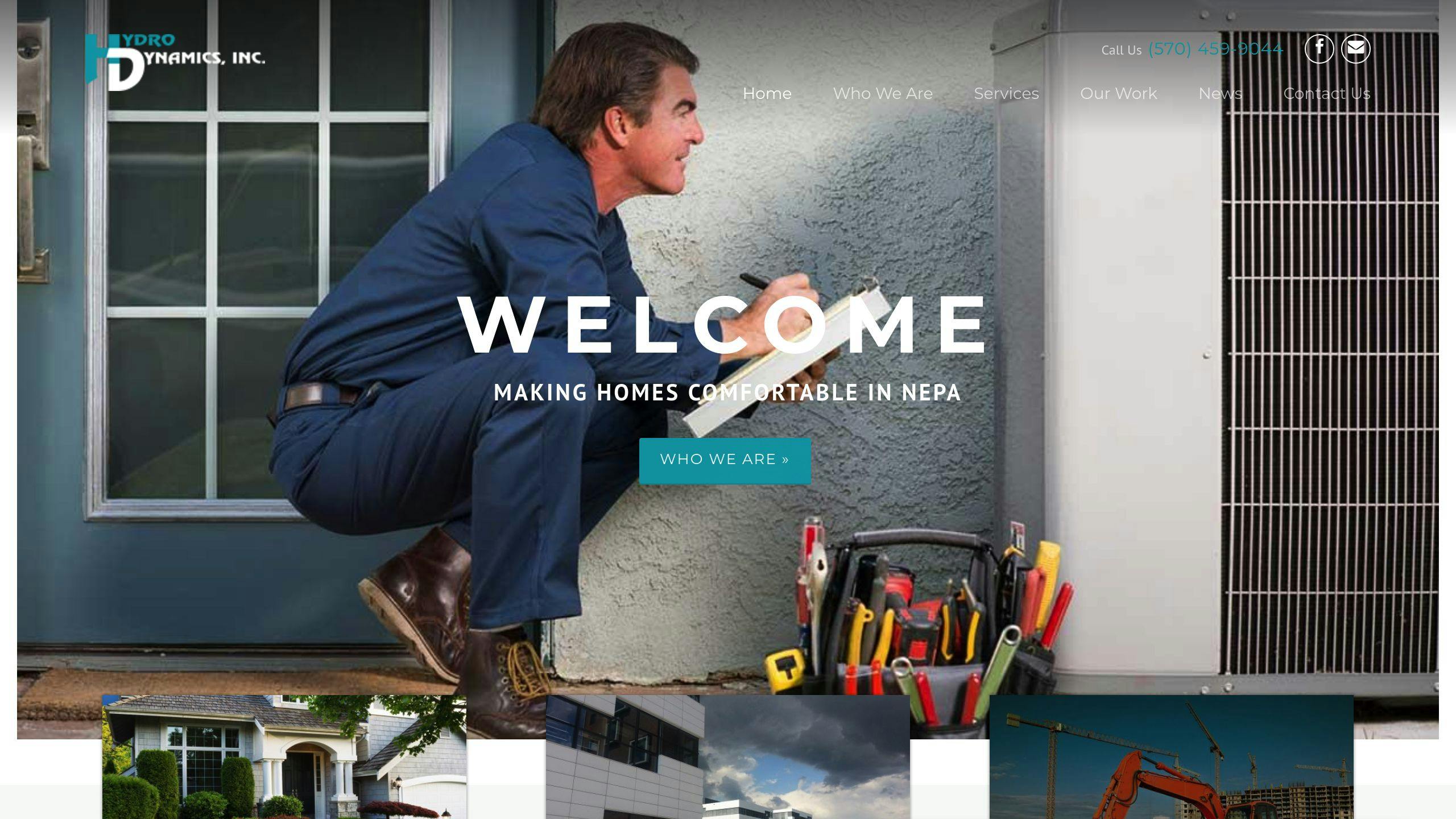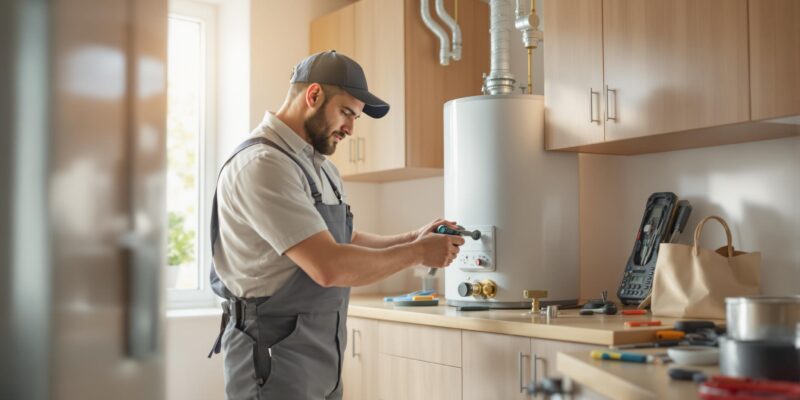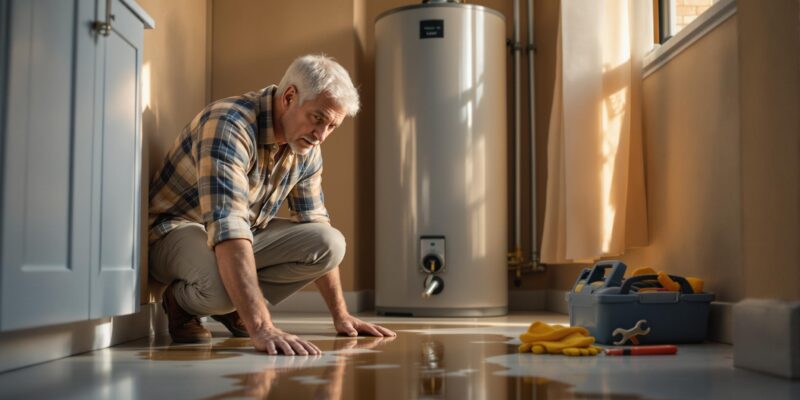24/7 Emergency Well Pump Repair Services
If your well pump stops working, you lose access to water – an issue that can’t wait. Here’s a quick breakdown of what to do and what to expect from emergency repair services:
- Common Problems:
- No water or low pressure
- Strange noises or vibrations
- Electrical issues or water quality changes
- Emergency Repair Process:
- Diagnosis: Technicians check water pressure, electrical systems, and pump components.
- Quick Fixes or Repairs: Minor issues are fixed on-site, while major problems may need a detailed plan.
- Testing & Maintenance Tips: After repairs, the system is tested, and care tips are provided.
- Choosing a Reliable Service:
- Look for 24/7 availability, certified technicians, and good customer reviews.
- Companies like Hydrodynamics Inc. offer fast, skilled repairs and preventive maintenance.
Regular maintenance and having backup systems (like a generator or storage tank) can help avoid emergencies. But if disaster strikes, knowing what to expect can save you time and stress.
Emergency Well Pump Repair: Community Water System Recovery
Emergency Well Pump Problems
When your well pump starts acting up, it’s important to address the issue quickly to avoid further complications. Here are some common problems that often require immediate attention.
Water Supply Issues
If you’re experiencing any of the following, your pump might be in trouble:
- No Water at All: A total loss of water could mean the pump has failed or there’s an electrical issue.
- Uneven Water Flow: Water coming out sporadically might suggest the pump is overworked or the water table is too low.
- Low Pressure: A noticeable drop in water pressure can indicate the pump is under strain.
Other warning signs to watch for include strange noises or unusual movement from the pump.
Strange Noises and Movements
Weird sounds or vibrations often point to mechanical problems:
- Grinding or Scraping Sounds: These usually mean parts inside the pump are worn or damaged.
- Strong Vibrations: Excessive shaking could be due to misalignment or broken components.
- Frequent On-Off Cycling: This might mean there’s an issue with the pressure system.
Electrical Issues and Water Quality Changes
These are critical problems that need immediate attention:
- Electrical Problems: If the pump cycles erratically, its electrical components may be failing.
- Changes in Water Quality: Cloudy water or an increase in sediment often signals a malfunction in the system.
For urgent repairs, contact Hydrodynamics Inc. Their 24/7 emergency teams are ready to address these issues and ensure your water supply stays uninterrupted.
Emergency Service Process
When your well pump stops working, getting it fixed quickly is essential. Here’s what happens during an emergency repair service.
Diagnosing the Issue
Technicians begin by gathering details over the phone. They’ll ask about any changes in water pressure, strange noises, past maintenance, or previous repairs to understand the situation’s urgency. Once on-site, they perform a thorough check, including testing electrical connections, inspecting the control panel, measuring water pressure and flow rates, and examining components. This step helps them decide whether the problem can be resolved quickly or if a more in-depth repair is needed.
Quick Fixes or Larger Repairs
After diagnosing the issue, the technician will determine the right solution. Minor problems, like replacing a part or making small adjustments, can often be handled on the spot. For more serious issues, a detailed repair plan might be necessary. The technician will clearly explain your options and recommend the best approach based on the problem’s complexity.
Final Testing and Care Tips
Once the repair is complete, technicians will test the system to ensure everything works properly. This includes checking pressure levels, assessing water quality, and running the system through multiple cycles. Before leaving, they’ll provide clear instructions for maintaining your system, what warning signs to look out for, emergency contact information, and a record of the work done. Companies like Hydrodynamics Inc. ensure you’re equipped with everything you need to keep your system running smoothly.
Finding a Good Emergency Repair Service
Choosing the right emergency well pump repair service can mean the difference between a quick resolution and an extended water outage.
Required Credentials
Certifications are a key indicator of a trustworthy well pump repair service. Look for technicians with qualifications like A.S.S.E Backflow Testing, EPA 609, and Trac Pipe & Gas Tite. These certifications ensure that the team is trained in modern repair techniques and adheres to safety standards.
For example, companies like Hydrodynamics Inc. emphasize the importance of certified technicians. Their focus on up-to-date training ensures repairs are handled effectively and safely.
Service Speed and Tools
When it comes to emergencies, speed and preparation are critical. A reliable repair service should:
- Have a fully stocked fleet ready for immediate dispatch.
- Provide 24/7 live support for emergencies.
- Use advanced diagnostic tools to quickly identify issues.
- Carry common replacement parts to enable on-the-spot repairs.
Hydrodynamics Inc. combines fast response times with thorough, efficient repairs, ensuring minimal downtime.
Service History Check
Take time to review a company’s track record, including response times, experience, and customer reviews.
“They were prompt and knowledgeable and efficient. Very pleased with their work.” – Emma K., Drums, PA
When evaluating service providers, consider the following:
| Aspect | What to Look For |
|---|---|
| Response Time | How quickly they arrive after emergency calls. |
| Experience | Years in the industry and the range of pumps they service. |
| Customer Feedback | Recent reviews highlighting their emergency repair quality. |
| Follow-up Service | Availability of post-repair support and warranty options. |
A company with a solid history, like Hydrodynamics Inc., which has been operating since 1994, often reflects dependable service and expertise. These factors not only ensure effective emergency repairs but also help reduce the chances of future issues.
Avoiding Future Emergencies
Regular upkeep helps prevent pump breakdowns and reduces the need for costly repairs.
Maintenance Schedule
Sticking to a maintenance schedule is crucial for keeping your well pump in good shape. Here’s a helpful guide:
| Maintenance Task | Frequency | Purpose |
|---|---|---|
| Water Quality Test | Every 6 months | Check for contaminants and bacteria |
| Pressure Tank Inspection | Every 12 months | Ensure proper pressure and tank condition |
| Full System Inspection | Every 24 months | Check all components thoroughly |
| Well Yield Test | Every 3-5 years | Assess the well’s production capacity |
It’s a good idea to plan inspections during spring and fall to catch seasonal changes.
Backup Options
Having a backup system ensures you won’t be left without water during unexpected outages or repairs. Here are some options to consider:
- Battery Backup System: Keeps the pump running during short power outages.
- Generator Connection: A dedicated generator hookup allows you to restore power quickly.
- Storage Tank System: A storage tank can provide water for several days if the pump needs repairs.
Regular checks can help identify potential problems early, making these backup systems even more effective.
Problem Signs
Even with regular maintenance, it’s important to watch for warning signs that could indicate trouble:
- Pressure Changes: Drops or fluctuations in water pressure could signal an issue.
- Strange Noises: Clicking, humming, or grinding sounds shouldn’t be ignored.
- Water Quality Problems:
- Cloudy or discolored water
- Air spurting from faucets
- Performance Issues:
- Longer recovery times after heavy use
- Frequent pump cycling
- Higher-than-usual electric bills
If you notice any of these signs, act quickly to avoid more serious problems. Hydrodynamics Inc. offers professional well pump assessments, including pressure testing, electrical checks, and water quality analysis, to catch issues before they worsen.
Conclusion
Key Takeaways
- Response Time: Available 24/7 to handle issues promptly.
- Expertise: Certified technicians with in-depth well pump knowledge.
- Diagnostic Precision: Accurate identification of well pump problems.
- Service Area: Ensure the provider covers your location and understands your specific pump system.
These qualities are well-represented by industry professionals like Hydrodynamics Inc.
About Hydrodynamics Inc.
Since 1994, Hydrodynamics Inc. has been a trusted provider of well pump repair services across Northeastern Pennsylvania (NEPA).
Here’s what they offer:
| Service Feature | What It Means for You |
|---|---|
| 24/7 Emergency Response | Help is available whenever you need it. |
| Certified Technicians | Skilled professionals ensure accurate repairs. |
| System Expertise | Handles residential, commercial, and industrial pumps. |
| Comprehensive Repairs | Solutions for all parts of your well system. |
“They were prompt and knowledgeable and efficient. Very pleased with their work.” – Emma K., Drums, PA [1]
In addition to emergency repairs, their team also specializes in preventive maintenance, ensuring your well system, water conditioning, and plumbing needs are met with care and expertise.















